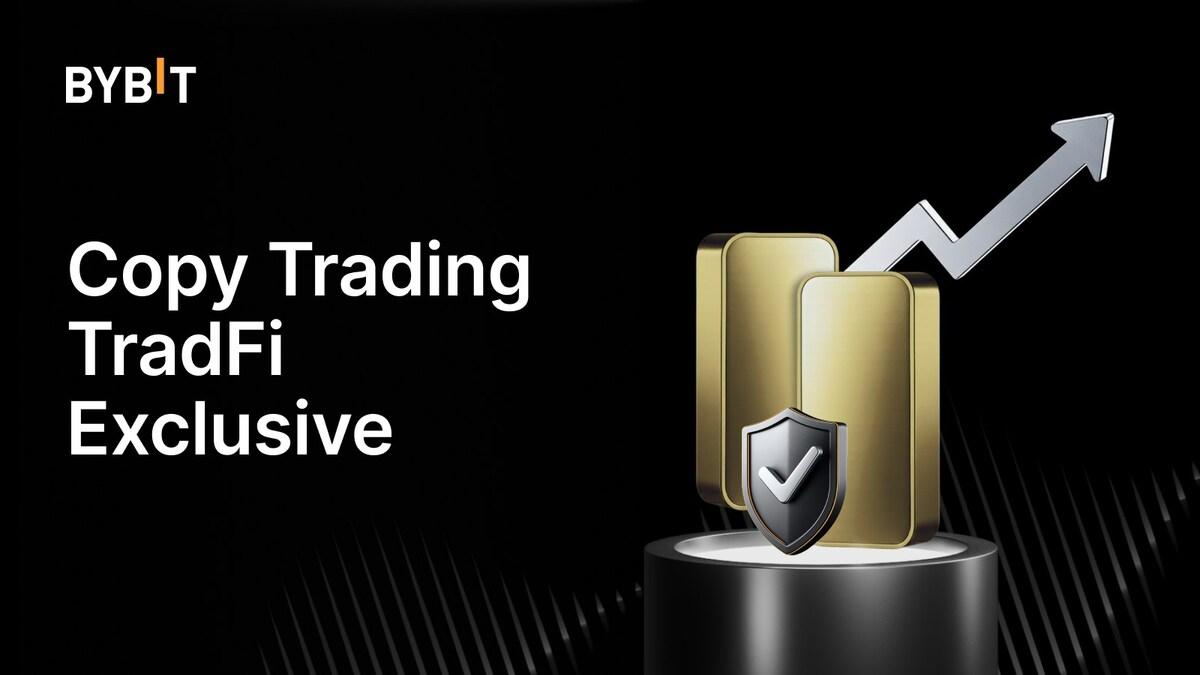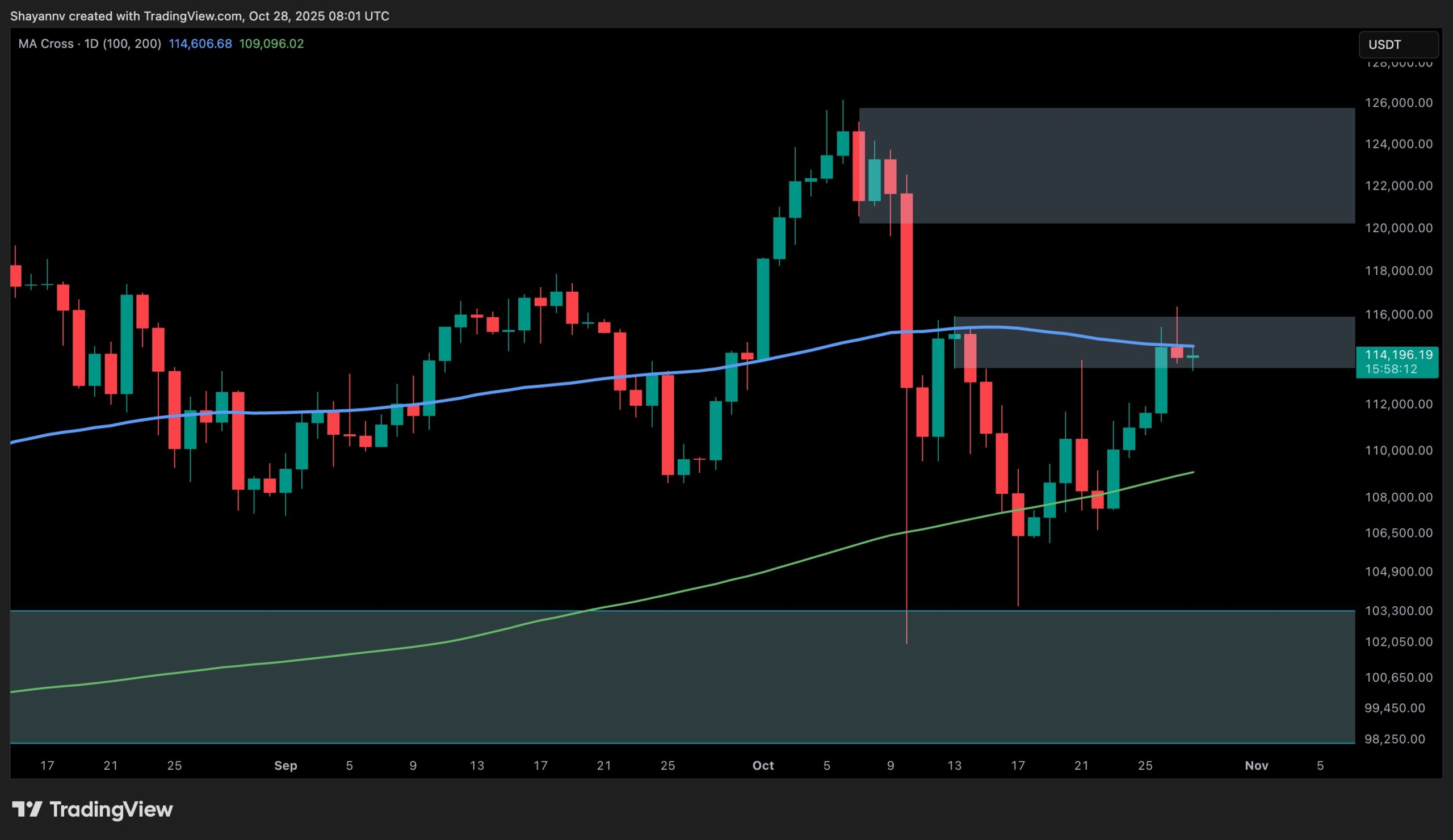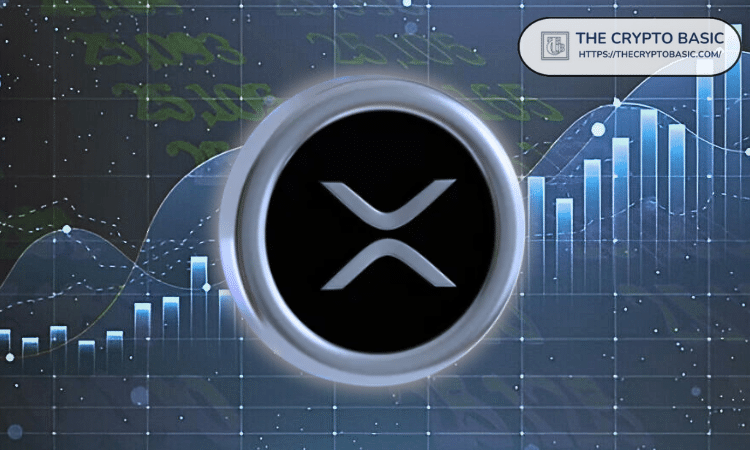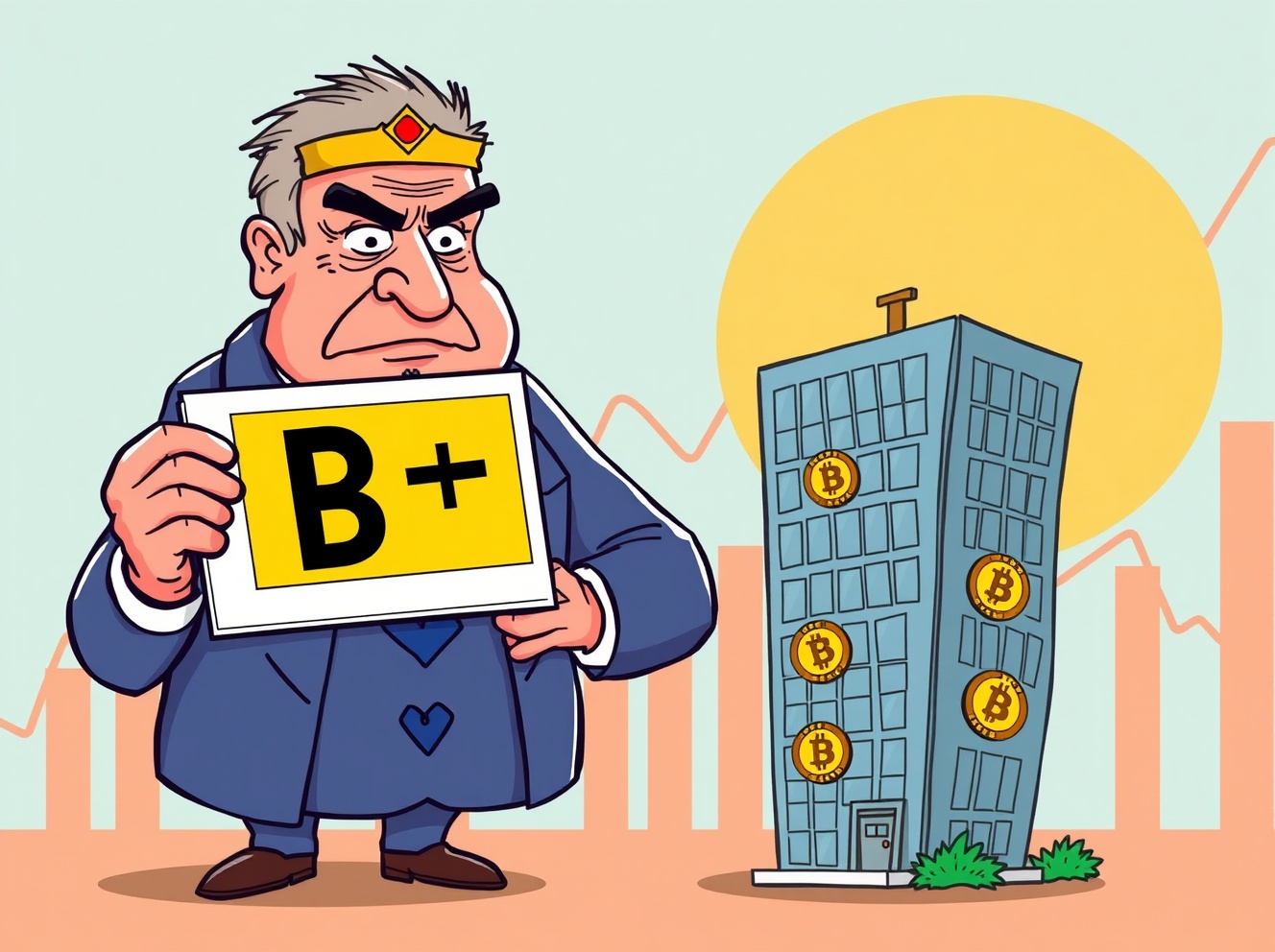
BitcoinWorld Urgent Warning: S&P Slams Strategy’s Bitcoin Reliance with a Junk Rating In a significant move that has sent ripples through the cryptocurrency and corporate finance worlds, S&P Global Ratings recently assigned a junk-level credit rating of B- to Strategy. This critical assessment primarily stems from the company’s substantial Strategy Bitcoin reliance , coupled with weak capitalization relative to its risk profile and fragile U.S. dollar liquidity. This decision serves as a stark reminder of the inherent volatility and risks associated with heavy exposure to digital assets for corporate balance sheets. What Does a B- Junk Rating Mean for Strategy Bitcoin Reliance ? When S&P Global Ratings , one of the world’s leading credit rating agencies, assigns a ‘junk’ status, it signals a heightened risk of default. A B- rating is several notches below investment grade, indicating that the company is currently vulnerable and depends on favorable business, financial, and economic conditions to meet its financial commitments. For a company like Strategy, this rating can significantly impact its ability to borrow money, attract investors, and even conduct everyday business operations. Increased Borrowing Costs: Lenders will demand higher interest rates due to the perceived risk. Investor Hesitation: Many institutional investors are restricted from holding ‘junk-rated’ assets. Reputational Damage: A junk rating can signal financial instability to partners and customers. Why is High Bitcoin Exposure a Risky Strategy? S&P’s primary concern revolves around Strategy’s heavy Bitcoin reliance. While Bitcoin has shown immense growth potential, its price volatility is a double-edged sword for corporate treasuries. Companies holding significant amounts of Bitcoin on their balance sheets are directly exposed to these wild price swings, which can dramatically impact their financial health and liquidity. The agency specifically pointed to: Market Volatility: Sudden drops in Bitcoin’s value can erode a company’s asset base quickly. Liquidity Concerns: Converting large amounts of Bitcoin to U.S. dollars can be challenging during market downturns, affecting a company’s ability to meet short-term obligations. Capitalization Weakness: The fluctuating value of crypto assets can make a company’s capitalization appear strong one day and weak the next, complicating risk assessment. This isn’t an isolated incident; S&P Global Ratings previously assigned the same B- rating to Sky Protocol, indicating a growing trend of scrutiny for companies with substantial crypto holdings. Navigating the Challenges: What Can Companies Learn? The situation with Strategy highlights a critical challenge for businesses embracing cryptocurrencies: balancing innovation with financial prudence. While integrating digital assets can offer strategic advantages, it demands robust risk management frameworks. Companies need to consider the potential impact of crypto volatility on their core operations, cash flow, and overall financial stability. For businesses with significant Strategy Bitcoin reliance , proactive measures are essential: Diversification: Spreading investments across various asset classes to mitigate concentration risk. Hedging Strategies: Employing financial instruments to protect against adverse price movements. Stronger Liquidity Buffers: Maintaining ample U.S. dollar reserves to withstand market shocks. Transparent Reporting: Clearly communicating crypto holdings and risk management practices to investors. This rating serves as a wake-up call, emphasizing that while crypto assets present exciting opportunities, they also introduce unique financial risks that traditional rating agencies are now rigorously evaluating. A Critical Look at Corporate Crypto Exposure The decision by S&P Global Ratings to assign a junk rating based on Strategy Bitcoin reliance underscores a broader re-evaluation of corporate exposure to volatile assets. As more companies explore adding cryptocurrencies to their balance sheets, the standards for financial stability and risk management will undoubtedly evolve. Investors and stakeholders will increasingly demand clarity on how these digital assets are managed and what safeguards are in place to protect against market downturns. This isn’t about dismissing Bitcoin’s potential, but rather about ensuring that corporate financial health remains paramount. In conclusion, S&P’s B- junk rating for Strategy is a potent signal to the market. It highlights the significant financial risks associated with heavy Strategy Bitcoin reliance and calls for a more cautious and diversified approach to digital asset integration within corporate finance. Companies must prioritize robust risk management and maintain strong traditional liquidity to navigate the inherently volatile crypto landscape successfully. Frequently Asked Questions (FAQs) What is a junk credit rating? A junk credit rating, also known as a speculative-grade or high-yield rating, is assigned by credit rating agencies like S&P Global Ratings to bonds or companies considered to have a higher risk of default than investment-grade entities. It indicates a greater chance the issuer will fail to meet its financial obligations. You can learn more about this on Wikipedia’s page on Junk Bonds . Why is Bitcoin reliance considered risky by S&P? S&P considers heavy Bitcoin reliance risky primarily due to the cryptocurrency’s extreme price volatility. Significant fluctuations can rapidly diminish a company’s asset value, impact its capitalization, and create liquidity challenges, making it harder to convert crypto assets to traditional currency to cover operational costs. This concept is often linked to Bitcoin volatility . Who is Strategy? In this context, Strategy refers to a specific company that received the B- credit rating from S&P Global Ratings. While specific details of the company ‘Strategy’ are not provided in the original report, the rating applies to its overall financial health and operational approach, particularly concerning its asset holdings. For general information on how companies manage their finances, you can refer to Corporate finance on Wikipedia . What are the implications for Strategy after receiving a junk rating? A junk rating can have several negative implications for Strategy, including higher borrowing costs, difficulty in accessing capital markets, potential restrictions for institutional investors, and reputational damage. It signals increased financial risk to all stakeholders and could hinder growth and operational flexibility. This relates directly to concepts of Credit risk . Are other companies facing similar ratings due to crypto holdings? Yes, the report mentions that S&P Global Ratings previously assigned the same B- rating to Sky Protocol, indicating a broader trend. As the cryptocurrency market matures, rating agencies are increasingly scrutinizing the financial stability of companies with significant exposure to volatile digital assets. This suggests that more companies with similar asset strategies might face similar evaluations. For background on general crypto protocols, see Cryptocurrency protocol on Wikipedia . Did you find this analysis insightful? Share this article on your social media platforms to help others understand the critical implications of corporate Bitcoin reliance and credit ratings in the evolving crypto landscape! To learn more about the latest cryptocurrency trends, explore our article on key developments shaping Bitcoin market price action . This post Urgent Warning: S&P Slams Strategy’s Bitcoin Reliance with a Junk Rating first appeared on BitcoinWorld .
Bitcoin World
You can visit the page to read the article.
Source: Bitcoin World
Disclaimer: The opinion expressed here is not investment advice – it is provided for informational purposes only. It does not necessarily reflect the opinion of BitMaden. Every investment and all trading involves risk, so you should always perform your own research prior to making decisions. We do not recommend investing money you cannot afford to lose.
Dominant Force: BlackRock’s Crucial Impact on Spot Bitcoin ETF Flows Revealed
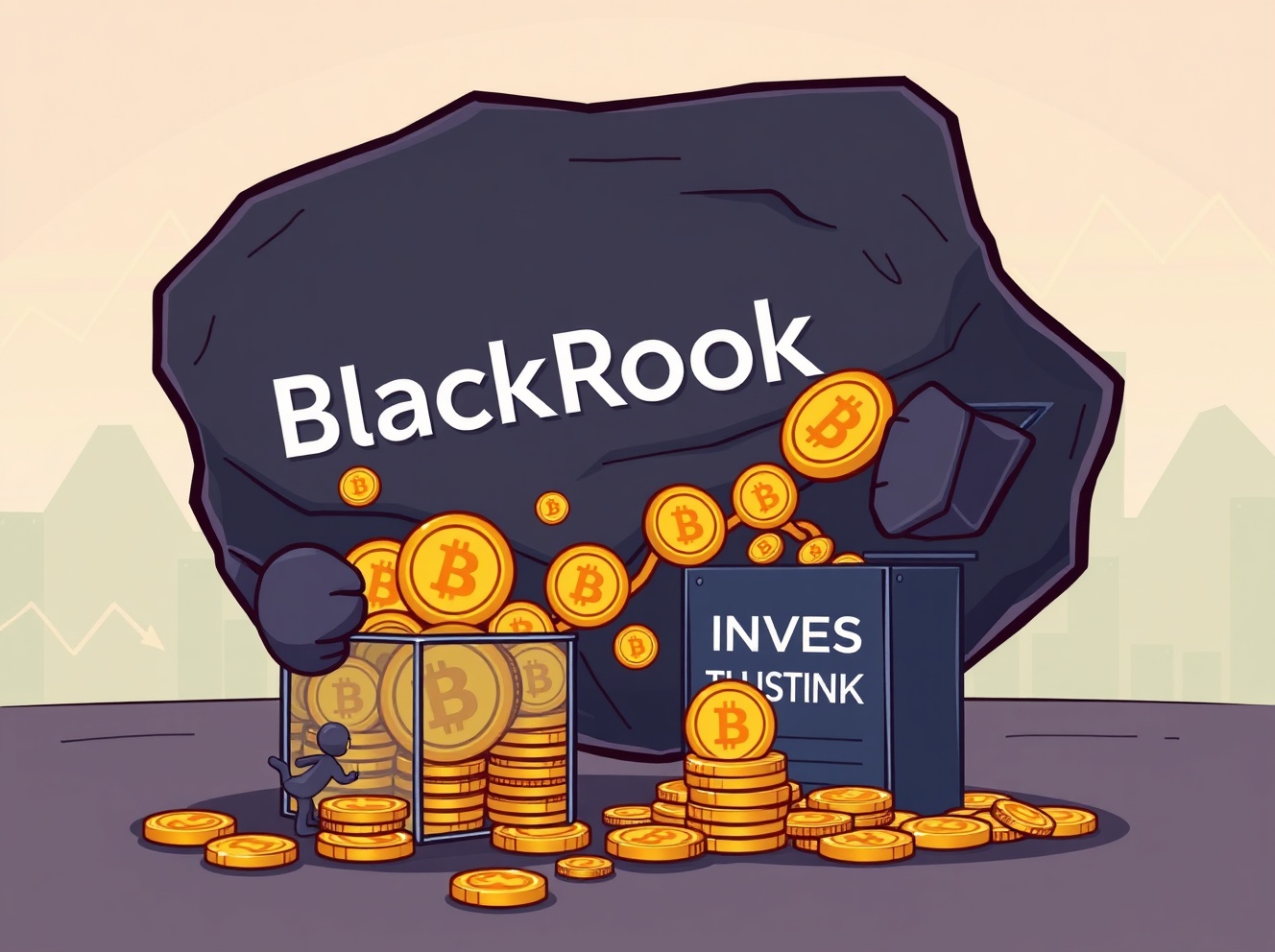
BitcoinWorld Dominant Force: BlackRock’s Crucial Impact on Spot Bitcoin ETF Flows Revealed The world of cryptocurrency investment is buzzing, and at the heart of the excitement lies the incredible growth of spot Bitcoin ETF flows . But who is truly at the helm of this financial revolution? Recent analysis points to one undeniable leader: BlackRock. Their monumental presence is reshaping the landscape of digital asset investment, drawing unprecedented capital into Bitcoin. Understanding the Surge in Spot Bitcoin ETF Flows When we talk about spot Bitcoin ETF flows , we’re referring to the net capital moving into exchange-traded funds that hold actual Bitcoin. This mechanism allows traditional investors to gain exposure to Bitcoin’s price movements without directly owning or managing the cryptocurrency itself. It’s a game-changer for institutional adoption and mainstream access. According to K33 Research analyst Vetle Lunde , the numbers tell a compelling story. This year, the total net inflows across all spot Bitcoin ETFs reached an impressive $26.9 billion. However, a closer look reveals a startling fact: BlackRock’s own IBIT fund alone recorded $28.1 billion in inflows. BlackRock’s IBIT: $28.1 billion in inflows. Total Spot Bitcoin ETF Market: $26.9 billion in net inflows. This data means that without BlackRock’s contribution, the entire spot Bitcoin ETF category would have actually experienced a net outflow. This highlights BlackRock’s crucial role in sustaining and driving market interest and capital accumulation. Why BlackRock Dominates the Spot Bitcoin ETF Landscape So, what makes BlackRock’s IBIT so successful in attracting such significant spot Bitcoin ETF flows ? Several factors contribute to their dominant position: Brand Trust and Reputation: BlackRock is a global asset management behemoth with a long-standing reputation for reliability and financial prowess. This instills confidence in institutional and retail investors alike. Extensive Distribution Network: Their vast network allows for broad access to financial advisors and wealth managers, making it easier for clients to allocate funds to IBIT. Competitive Fees: While not always the lowest, BlackRock often positions its products competitively, attracting cost-conscious investors. Proactive Marketing and Investor Education: BlackRock has been effective in communicating the benefits and legitimacy of Bitcoin as an asset class. The sheer scale of BlackRock’s operations and their strategic entry into the Bitcoin ETF market have created a powerful flywheel effect, continually drawing in more capital and reinforcing their leadership. The Broader Implications for Crypto Markets and Future Spot Bitcoin ETF Flows BlackRock’s outsized influence has significant implications for the broader cryptocurrency market. Their success validates Bitcoin as a legitimate investment vehicle, potentially encouraging more traditional financial institutions to explore digital assets. Moreover, it sets a high bar for competitors. Lunde also touched upon the nascent spot altcoin ETF market. He noted that while BlackRock’s decision not to enter this space could allow other competitors to secure funds, the growth of that market will likely be limited without the asset manager’s involvement. This suggests that the institutional backing and brand power that BlackRock brings are paramount for substantial market expansion, especially concerning spot Bitcoin ETF flows . What does this mean for you, the investor? It means watching institutional movements, especially from giants like BlackRock, is more important than ever. Their actions often signal broader market trends and potential shifts in investment sentiment. Keep an eye on evolving regulatory landscapes, as these will also play a crucial role in shaping future inflows. Looking Ahead: What’s Next for Bitcoin ETFs? The dominance of BlackRock in driving spot Bitcoin ETF flows is a clear indicator of a maturing market. As institutional interest continues to grow, we can anticipate several developments: Increased Competition: Other asset managers will undoubtedly strive to capture a larger share of the market, potentially leading to more innovative product offerings and lower fees. Enhanced Regulatory Clarity: The success of spot Bitcoin ETFs could pave the way for clearer regulatory frameworks, further legitimizing the asset class. Broader Adoption: As more investors gain comfortable access to Bitcoin through ETFs, its overall adoption and integration into traditional portfolios are likely to accelerate. Ultimately, BlackRock’s remarkable performance underscores a pivotal moment for Bitcoin. Their ability to attract and sustain such massive capital inflows demonstrates the enduring appeal and growing acceptance of digital assets within mainstream finance. The journey of Bitcoin ETFs is just beginning, and BlackRock is certainly leading the charge. Frequently Asked Questions (FAQs) Q1: What is a spot Bitcoin ETF? A: A spot Bitcoin ETF is an exchange-traded fund that directly holds Bitcoin. It allows investors to gain exposure to Bitcoin’s price movements through a traditional investment vehicle without needing to buy and store the cryptocurrency themselves. Q2: Why is BlackRock’s IBIT so significant for spot Bitcoin ETF flows? A: BlackRock’s IBIT has recorded significantly higher inflows ($28.1 billion) than the total net inflows for the entire spot Bitcoin ETF category ($26.9 billion) this year. This indicates that without IBIT, the category would have seen net outflows, highlighting BlackRock’s crucial role in driving capital into these products. Q3: Who is Vetle Lunde? A: Vetle Lunde is an analyst at K33 Research , a firm that provides insightful analysis on digital asset markets. He is the source of the data and analysis regarding BlackRock’s impact on spot Bitcoin ETF flows mentioned in this article. Q4: How does BlackRock’s involvement impact the future of altcoin ETFs? A: According to analyst Vetle Lunde, BlackRock’s decision not to enter the spot altcoin ETF space could limit the growth of that market compared to spot Bitcoin ETFs. BlackRock’s brand trust and distribution network are seen as crucial for significant market expansion. Q5: What are the key takeaways for investors from BlackRock’s performance? A: Investors should recognize BlackRock’s success as a strong validation of Bitcoin as an asset class. It suggests increasing institutional adoption and market maturity. Monitoring such large institutional movements can offer insights into broader market trends and potential future investment opportunities in digital assets. Did you find this analysis insightful? Share this article with your network on social media to spread awareness about the significant impact of institutional players like BlackRock on the evolving cryptocurrency market! To learn more about the latest crypto market trends, explore our article on key developments shaping Bitcoin institutional adoption. This post Dominant Force: BlackRock’s Crucial Impact on Spot Bitcoin ETF Flows Revealed first appeared on BitcoinWorld . Bitcoin World

Litecoin Price Prediction of $135 Ahead of ETF Launch as PEPENODE Soars
What to Know: $135 Litecoin price prediction hits the market ahead of the Litecoin ETF (LTCC) reaching Nasdaq today. Litecoin is already bullish, after briefly breaking above $105 and consolidating around the $102 mark in preparation of the SEC’s decision. PEPENODE ($PEPENODE) reaches $1.96M in presale thanks to its mine-to-earn mechanics and community support. $PEPENODE could deliver an ROI of 585% in 2026, without counting the staking APY of 653%. A $135 price prediction for Litecoin appears more than feasible ahead of its spot ETF, which is ready to launch on Nasdaq today with the ticker LTCC. Litecoin has been experiencing a notable increase over the last week, following a 10.44% surge that took it from $ 90.50 on October 23 to a high of $105.25 today. The main catalyst is the SEC’s imminent favorable decision, which would greenlight Canary Litecoin, Canary HBAR, and Bitwise Solana ETFs today. Bloomberg analyst, Eric Balchunas, confirmed the news on X , saying: ‘Assuming there’s not some last min SEC intervention, looks like this is happening’. The news is understandably bullish for Litecoin, as the Nasdaq listing would open the asset to investors who don’t necessarily want to buy it. Long-term, this will boost liquidity, improve Litecoin’s legitimacy, and increase adoption at retail and, hopefully, institutional level. Projects like PEPENODE ($PEPENODE) also stand to gain thanks to its on-chain utility and meme value. PEPENODE allows early adopters to buy mining nodes and build their own virtual coin mining facility, minus the electricity costs and expensive mining equipment. Can Litecoin Push to $135? The momentum is there for a $135 push, especially considering the network activity, as shown by Santiment. Litecoin’s price spiked on October 9 and crashed soon after; the window was too short for investors to capitalize on it. There was an attempt, but it fizzled out as Litecoin was already in free fall. If investors had capitalized on it, the momentum might have held, increasing the opportunity window and potentially triggering a consolidation phase above $130. But we’re not in that timeline. Fortunately, we may be looking at a strong reset, as $LTC is already showing signs of consolidation above $101 after briefly popping its head above $105. And this time, investors are not willing to miss the opportunity window again. The 24-hour transaction volume is up 69.41%, a clear indication that momentum is building ahead of the SEC’s decision later today. We then have the Relative Strength Index, which currently stands at 64.77 points . For reference, the bull zone begins at a price above 50. The community is clearly hyped up, $LTC shows growing potential, and investors are ready. In this context, a breakout above $135 is more than achievable if LTCC performs well following its Nasdaq listing. If $LTC meets the bullish expectations, another project that stands to gain significant attention is PEPENODE ($PEPENODE), with its presale already at $1.96M. How PEPENODE Rewards Early Adoption PEPENODE ($PEPENODE) encourages participation in its presale with the help of its innovative mine-to-earn mechanics. The project addresses the main problems associated with crypto presales today: the lack of participation incentives. In short, presales don’t incentivize investors to buy in early, which leads to poor presale performances, which inadvertently lowers the coin’s visibility post launch. PEPENODE’s mine-to-earn mechanics offer an exciting alternative in the form of virtual mining facilities. The concept is straightforward: purchase mining nodes, upgrade them, build your own virtual mining facility, activate it, and watch your rewards accumulate. The earlier you buy, the stronger your nodes, the faster you mine, and the more you can earn. This translates to higher post-TGE rewards, which include actual meme coins, such as $FARTCOIN and $PEPE. The 653% staking APY is an additional incentive for early adoption. $PEPENODE now sits at $0.0011227 and managed to raise $1,965,327 so far, while the presale is still going. Based on the project’s utility and meme value, the token still has plenty of growth potential. A realistic price prediction for $PEPENODE puts the coin at $0.0077 by the end of 2026; possibly even higher if the mine-to-earn mechanics catch on. This translates to an ROI of 585%, excluding the staking benefits or the meme coin rewards resulting from your coin-farming. Read our guide on how to buy $PEPENODE and visit the presale page to secure your nodes and start building your mining rig today. This isn’t financial advice. Always do your own research (DYOR) and invest wisely. Authored by Aaron Walker, NewsBTC: www.newsbtc.com/news/litecoin-135-price-prediction-pepenode-soars. Bitcoin World

